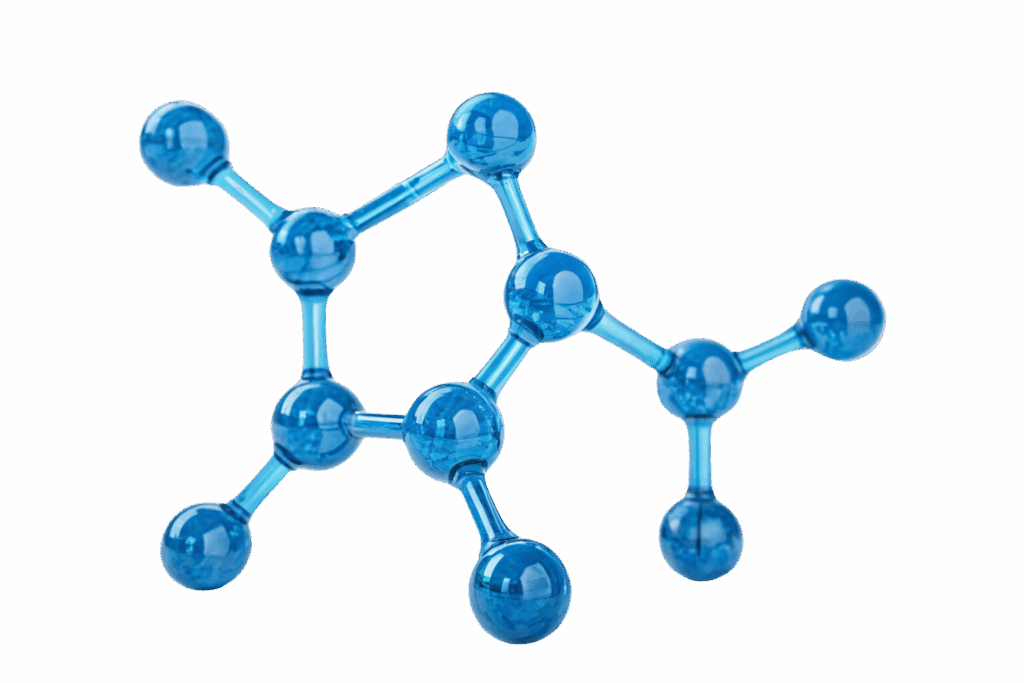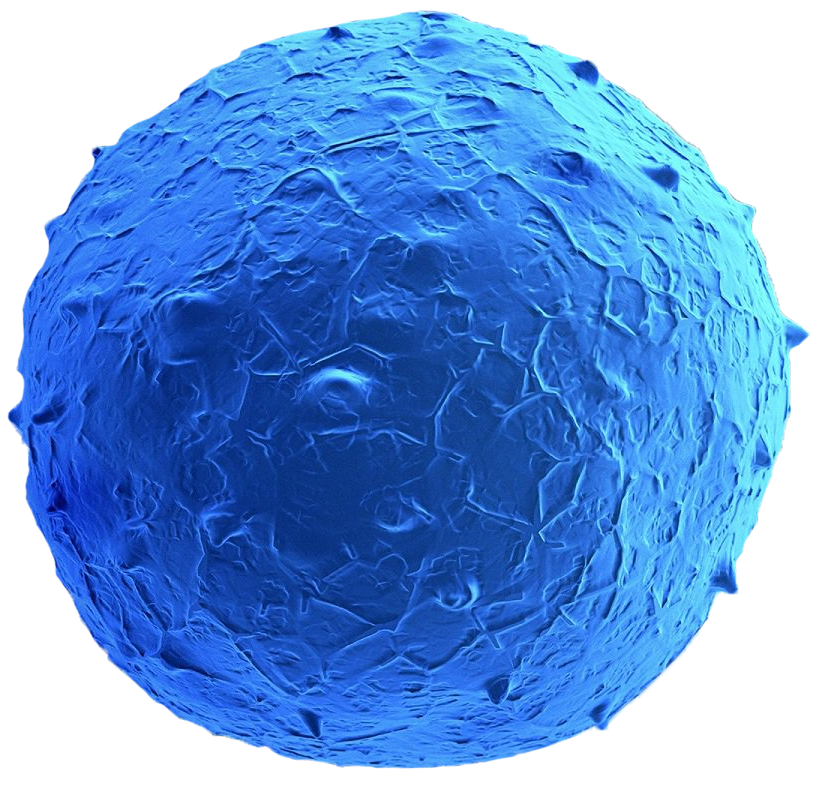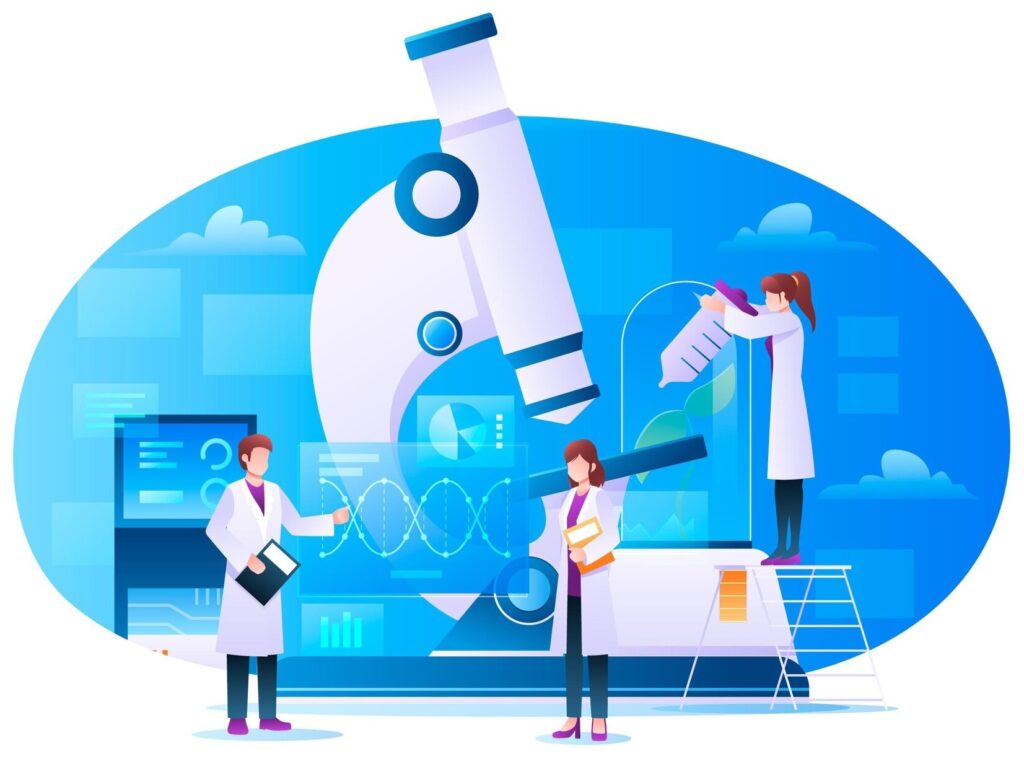- (321) 788-0850
- ceo@adiamed.com
- 1561 W. Fairbanks Ave. Suite 205 Winter Park, FL 32789
At ADIA Med, we help people navigate complex health journeys with clarity and care. Whether you’re managing ongoing challenges or simply want to feel better day-to-day, our professionals are here to support your unique path to wellness.

Regenerative medicine is a field of medical research and practice that focuses on developing methods to regenerate human tissues and bone to restore or establish normal function for the patient. The ultimate goal of ADIA Labs is to support the body’s natural healing processes.
There are now technologies, products, and protocols that allow for healing in a fraction of the time and the extension of life with optimum health. Our cells are under constant stress from pollutants, diet, too much or too little exercise, drugs, and other lifestyle factors. When our cells are weakened, we look and feel exhausted and we are more prone to illness. This is why we look at health from the cellular level.
Science is now showing the Medical world that Exosome therapies may offer hope to millions of people who suffer various medical conditions worldwide.
Regenerative medicine harnesses the body’s natural ability to heal by repairing or replacing damaged tissues at the cellular level.
Most regenerative treatments are non-surgical or low-risk procedures with shorter recovery times.
Instead of masking symptoms, regenerative treatments aim to address the root cause for lasting improvement.
Instead of masking symptoms, regenerative treatments aim to address the root cause for lasting improvement.
Patients often experience better mobility, less pain, and greater overall well-being after treatment.
Regenerative medicine is being used to treat joint pain, autoimmune conditions, sports injuries, and more
Our process is simple, secure, and personalized:

Stem cell therapy is a form of regenerative medicine that uses the body’s own stem cells to repair, regenerate, or replace damaged tissues and cells.
These therapies harness the natural ability of stem cells to develop into specialized cell types, offering a promising treatment for conditions like joint damage, spinal injuries, and degenerative diseases.
Stem cell research paves the way for repairing or replacing damaged tissues—offering potential treatments for injuries, degenerative diseases, and even organ failure.
Research helps scientists understand how diseases develop at the cellular level, leading to new therapies, earlier diagnosis, and more effective interventions.
Stem cells can be derived from a patient’s own body, enabling treatments that are tailored to individual needs with lower risk of immune complications.
Exosome therapy is a cutting-edge regenerative treatment that uses tiny cell-derived particles called exosomes to promote healing and reduce inflammation.
In regenerative medicine, exosomes act as messengers, carrying growth factors, proteins, and genetic material that help stimulate the body’s natural repair processes—without the need for live cells.

Whether you’re at the start of your journey or have been searching for answers for a while, we’re here to help. We work with individuals who want:
More energy and less burnout
Better focus and emotional clarity
Help managing day-to-day physical challenges
Support in navigating life transitions
Guidance in developing healthier habits
ADIA Med was founded to close the gap between what people need and what traditional systems often miss. We offer access to compassionate professionals who listen first, and guide with care. Our team brings experience across a variety of wellness disciplines, all centered around one goal: helping you feel better in body, mind, and life.
If you have any questions or would just like to learn more, please feel free to reach out to us.

ADIA Nutrition Inc, (ADIA) a public company dedicated to revolutionizing healthcare through innovative partnerships. Our primary focus is to work closely with healthcare providers and health insurance companies to facilitate and provide the latest advancements in regenerative medicine.
At the forefront of scientific innovation, we are dedicated to advancing regenerative medicine through cutting-edge research and biotechnology. Our mission is to unlock the body’s natural healing potential by developing therapies that repair, restore, and regenerate damaged tissues and organs. If you would like to learn more fill out the form below with any questions you have.